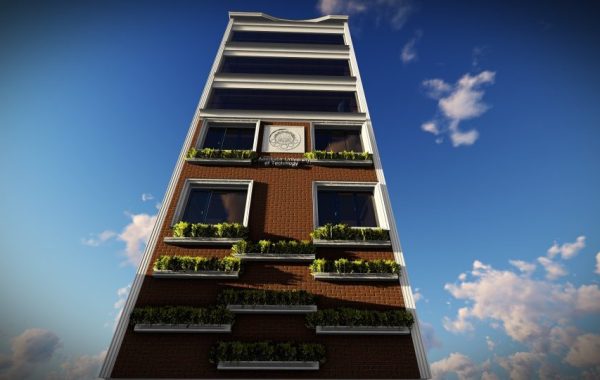
Published in:
Building Information Modeling (BIM): The Lifesaver for Iran’s Construction Projects in the 21st Century
Building Information Modeling (BIM): The Lifesaver for Iran’s Construction Projects in the 21st Century
BIM, or Building Information Modeling, is not merely software; it is an innovative methodology for managing construction, industrial, and infrastructure projects that reduces costs, accelerates timelines, and enhances quality. In this article from PayaBIM, we explore BIM in a clear yet scientific manner—what it is, the services it provides, how it is implemented, and why the future of construction in Iran depends on it.What is BIM? (A Simple Example)
Imagine you are constructing a hospital. If you aim to digitally and precisely consolidate all plans, systems, structural details, plumbing, HVAC, budget, and schedule from day one through maintenance, and all project stakeholders (from engineers to contractors) work on the same model, you are essentially using BIM. Simple Definition: BIM is an intelligent 3D digital model that integrates all technical, financial, temporal, operational, and execution information of a project, and is utilized throughout the building’s lifecycle (from design to demolition).Global and Iranian BIM Statistics
- 🌍 According to Autodesk, BIM is recognized as a legal requirement or professional standard in over 70 countries.
- 🇬🇧 In the UK, since 2016, all government projects are required to implement BIM Level 2.
- 🇺🇸 In the US, more than 80% of architecture and engineering firms use BIM.
- 🇮🇷 According to an unofficial PayaBIM survey, only 15% of major construction projects in Iran have seriously adopted BIM.
- 🧾 UN studies show BIM can reduce rework by up to 30% and building energy consumption by up to 20%.
Why BIM is Essential in Iran
- 🔻 Resource wastage in construction projects (cost, time, materials)
- 🔻 Lack of coordination among different project sectors (consultants, contractors, supervisors)
- 🔻 Weakness in post-construction maintenance and operations
- 🔻 Decision-making without data and transparency at the management level
Comprehensive BIM Services
At PayaBIM, BIM services are provided professionally and comprehensively across project stages:- 3D Modeling: Creation of precise architectural, structural, and MEP models based on drawings or laser scans
- 4D Modeling: Integration of construction scheduling (linking the model to the project plan)
- 5D Modeling: Cost analysis and financial control integrated with the model
- 6D Modeling: Analysis of energy consumption, environmental performance, and building sustainability
- 7D Modeling: Preparing the model for maintenance and facility management (FM)
- Common Data Environment (CDE) Management: Online platform enabling all teams to collaborate on a single model
- Asset Database Creation: Recording equipment information, serial numbers, maintenance manuals, and more
- As-Built BIM Model: The final model reflecting the actual executed project
Steps for Implementing BIM in Projects
- Initial Assessment: Analyzing project requirements and determining the required BIM level
- Standards & BEP Preparation: Developing a BIM Execution Plan (model management, file protocols, software)
- Initial Modeling: Creating 3D models and adding basic information
- Analysis: Clash detection, energy, cost, and scheduling analysis
- Review & Updates: Adjusting models based on design or construction changes
- Final Model Delivery: For operations, maintenance, or future development
A Global Success Story: London’s Crossrail Project
The Crossrail subway project, one of Europe’s largest underground projects, was managed using BIM. The project included 10 stations, 21 km of tunnels, and thousands of equipment systems. BIM implementation resulted in:- ⏱ 25% reduction in construction time
- 💰 34% reduction in unexpected costs
- 📦 Delivery of a complete digital model for 25-year system maintenance
Who Should Use BIM?
- 🏛 Government planning and budgeting agencies, Ministry of Roads and Urban Development
- 🏥 Companies building hospitals, schools, metro systems, railways, and power plants
- 🏗 Consultants and contractors of large-scale projects
- 🏭 Factories and infrastructure industries (oil, gas, steel, petrochemical)

